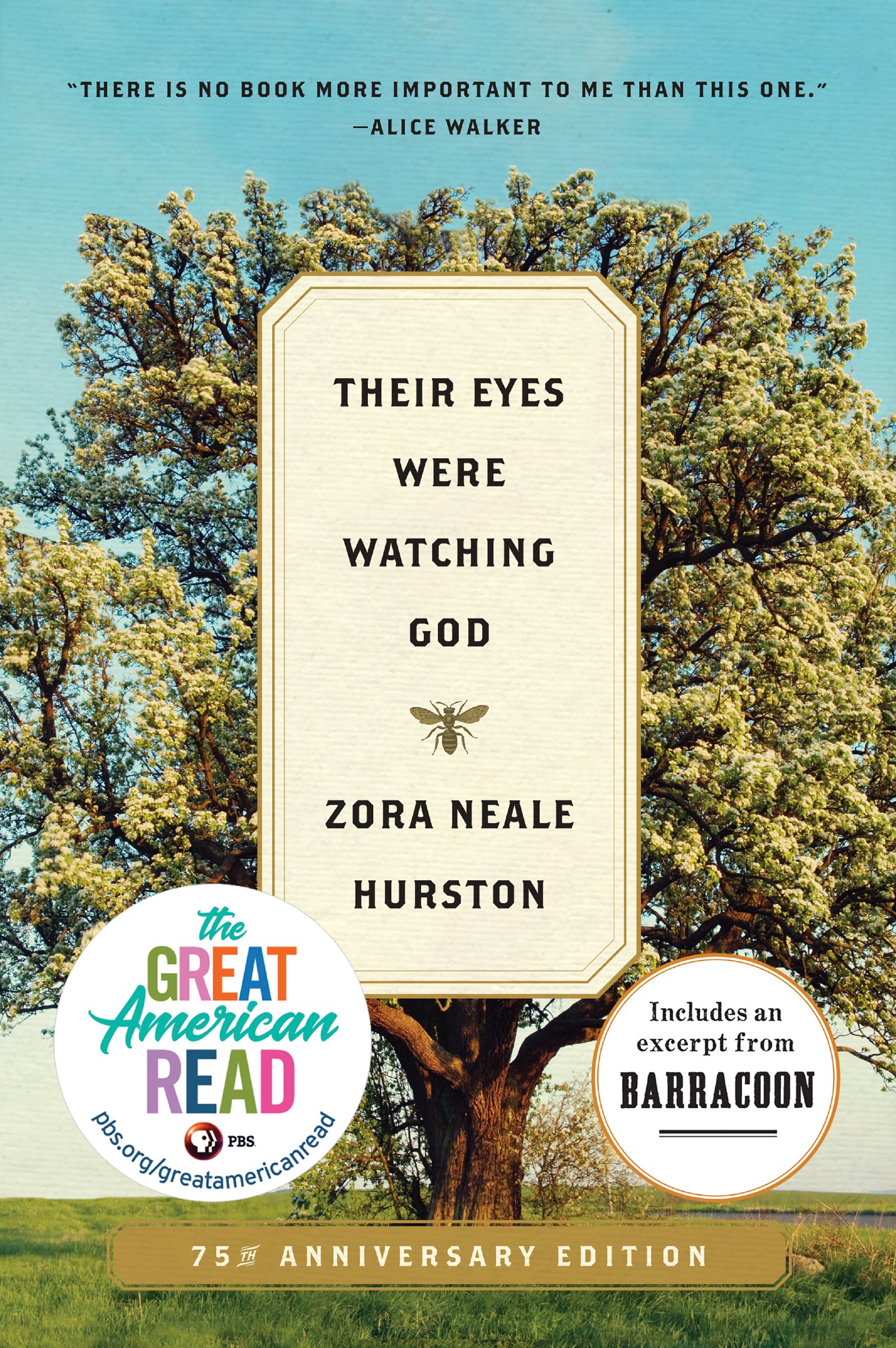First Ladies
By Rhonna Hargett, Associate Director
Tomorrow, First Lady Melania Trump will host the 141st White House Easter Egg Roll. This long-standing tradition is just one of the many duties carried out by the First Lady, as part of a position that isn’t a formal government position and yet has very clear expectations attached. As we hear analysis of whether or not Mrs. Trump fulfills this role well, it is helpful to look to the words of First Ladies of the past.
In “Becoming,” Michelle Obama shares her experiences growing up and in the White House. Mrs. Obama grew up on the South side of Chicago. Although her parents were not wealthy, her family provided a rich environment that supported her very active mind. She had a mother that advocated for her to receive a quality education, a grandfather that nurtured a love of music, and an aunt that taught her piano. Her father had multiple sclerosis, and his response to his diagnosis taught her about strength and resilience. She overcame financial obstacles and academic doubters to go on to receive degrees from both Princeton and Harvard. Her achievements alone are enough to make this an interesting read, but I was really drawn into the book when she discussed her struggles as a working mother and her efforts to find the balance between her obligation to her country, her children, and her sense of self.
As a librarian, I’ve always had a positive perception of Laura Bush, but her book “Spoken from the Heart” gave me a deeper understanding of her as a person. The initiatives she advocated for during her husband’s presidency were mostly focused on education and literacy, although she was led to become more outspoken for women’s rights after September 11 and the United States’ increasing involvement in Afghanistan. She has been considered a traditional wife and mother, and in many ways she is, but she is also the woman that stood in front of the World Economic Forum in Jordan and said, “Now we know that a nation can only achieve its best future and its brightest potential when all of its citizens, men and women, participate in government and in decision making,” causing the delegation from Saudi Arabia to walk out.
One thing that struck me was in how many ways they were similar. They were both raised in loving families of modest means, and both had mothers who read to them, which probably helped both of them to be successful academically. Both of them married loving husbands that were politically savvy, but not so great at housekeeping. Laura tells the amusing story of the state of their home when they got married, while Michelle was chastened on the campaign trail for being a bit too honest about her husband leaving his dirty socks around.
Both women tell of the camaraderie that develops among First Families, no matter their personal differences. Mrs. Bush shares a story of Hillary Clinton showing her favorite view from a private dressing room out to the White House rose garden, and Mrs. Obama tells in her book of how much she appreciated Mrs. Bush sharing the same view. I also enjoyed the story of the Bushes’ twin daughters giving a welcome tour to Sasha and Malia Obama.
Both of their autobiographies give lots of interesting tidbits about White House life, but more than that, I appreciated their personal reflections on the challenges they faced, the complications of holding onto a sense of self in the public eye, and their own feelings about the world events that occurred while their husbands were in office.
To find out how to access these books in both print and audio – read by the authors – go to www.mhklibrary.org.


